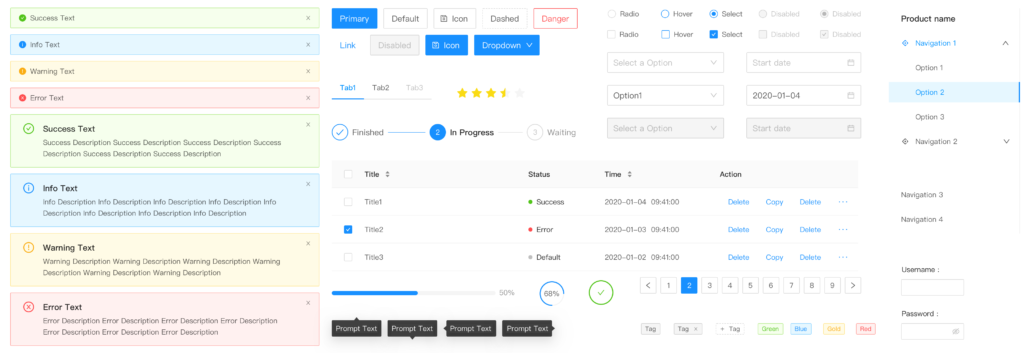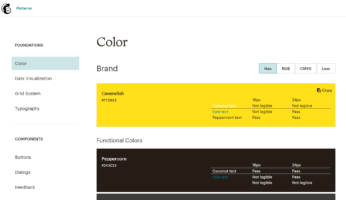
Do Startups Need Design Systems?
Building a design system for your startup or small business may be counterintuitive to scaling fast, but it will be the toolkit that eventually helps small businesses build and scale fast.
In the digital era, the way customers experience your product or service determines whether or not your business succeeds in the digital marketplace. More often that not, that requires good design and understanding of consumer psychology. Since the design of websites or mobile apps have such a significant impact on sales, it is important to keep design assets organised and labelled such that they can be used across various (digital) mediums.
Enter the design system: it is a dictionary for design elements, allowing designers and developers to refer to a set of design resources to develop a product. Having a design system allows different stakeholders to get involved with the product design process. Moreover, it can also help with pooling design resources for future or concurrent projects into a central database.

A Design System Organises (Digital) Brand Assets
Similar to a traditional brand style guide, design systems inform both designers and related stakeholders on how to build products for the company, based on design and layout specifications. Having a design system will allow you to build on a consistent set of colours, typography, layout, buttons, forms, hero patterns and scale that across your entire digital brand.
The challenges with traditional forms of sales and marketing during the COVID-19 crisis have presented a unique opportunity for many companies to redesign their business models to go digital. In order for businesses to take the leap, they need to be equipped with the right tools to scale their businesses. Part of InterX’s mission is to make digital tools simple to understand and easily accessible to everyday small businesses, educating our customers on the necessity for good user experience on their digital channels.
There Will Be Trade-offs
The main caveat is that a design system will take time and effort to build and maintain, so it is not a one-off design exercise where teams get together to build a system and forget all about it after. In order for a design system to be truly useful, it needs to be treated like a garden; watered frequently and tended with care.
With that said, it will take manpower to make an effective design system. Should small businesses allocate precious resources into an effort that does not directly contribute to the bottom line?
Maybe. It depends on the company’s value proposition and product offerings. If the company is design focused, then perhaps a design system is what is needed to organise assets across client profiles. It is interesting to note that even though a design system does not directly contribute to the bottom line of the company, it has MASSIVE indirect impact.
Once a design system is built, enterprise assets can be distributed across entire batches of clients. Think Atlassian and Ant Design. They have millions of customers using their products and with a uniform design system, are able to regulate the output of their enterprise class solutions. Not only is this method extremely cost effective, it is also time and labour saving. You can now apply a single solution across multiple clients.

Source: GitHub
An example of a design system from Ant Design: there are different components designed with different states in mind. Designers and developers can refer to this central “database” for information on each component, and changes to the design system can be replicated across multiple external project interfaces.
Design Systems Are Industry Specific
The industries that will require a design system are mostly in the digital realm; traditional brick and mortar businesses might not require one, but given that commerce is moving online, wouldn’t you say that having one might give you a competitive advantage amongst your peers?
In the digital realm, user experience matters. Digital strategy matters. Online presence matters. And a design system will be able to help you implement all 3. Whether or not your small business requires a digital system depends on how you want to scale your company. While it can be labour-intensive in the beginning, once the system is up and running you will have the option of scaling your business quickly and efficiently.
The Need For A Design Database
As new digital experiences are being shaped with consumer technology, there will be a greater need to have a central database of design assets to be stored and used whenever relevant. With design becoming a core differentiating factor in acquiring and keeping customers, more companies that are wishing to scale will turn to design systems to optimise their workflow and fine-tune component design for their customer base. The utility of design systems will continue to change, but the relevance of design systems will only continue to grow.










